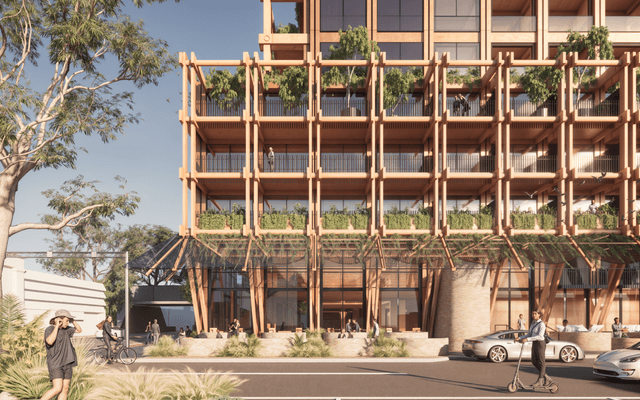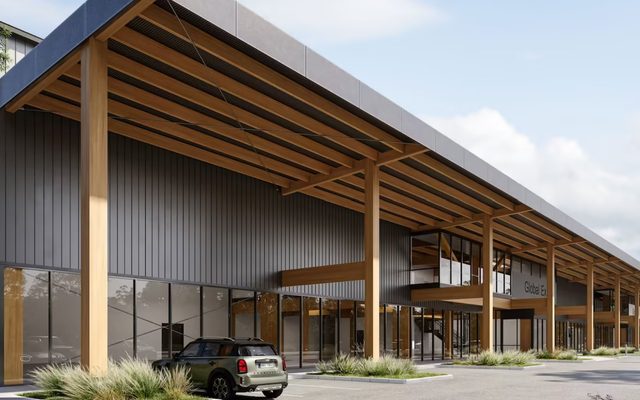This article is from the Australian Property Journal archive
LOW carbon industrial stock is dwindling across Australia just as demand for more sustainable warehousing surges, leading to forecasts of rent increases in the run up to 2030.
According to the latest research from JLL, the trend is being accelerated by growing regulatory pressure for both landlords and occupiers to cut back on carbon emissions, as well as by fast approaching Net Zero Carbon targets.
The Net Zero Carbon Ready Asset market has a future capitalisation of more than $46 billion, accounting for around 11.5 million sqm of all stock, or a 13% share.
The research found that 60 of the country’s biggest 100 logistics and industrial occupiers currently have Net Zero or interim Net Zero carbon targets. Up from 56 in 2023.
“Industrial owners and occupiers are really stepping up their game when it comes to reducing emissions,” said Annabel McFarlane, head of strategic research at JLL, Australia.
“They understand that leveraging sustainable real estate practices and optimising the supply chain and transportation are crucial in turning their commitments into tangible results.”
Likewise, 2024 has seen a significant increase in logistics and industrial occupiers with published quantifiable or material interim targets, up from 27 to 54.
“The topic of sustainability is at the heart of virtually every occupier engagement we have currently. Crucial climate change policies have implications for every business,” said Peter Blade, head of industrial & logistics at JLL, Australia.
“Scope 3 supply chains are becoming increasingly relevant with Net Zero targets and the nexus of renewables, ‘electrify everything’ and improving building performance, so there is value to leverage.”
Industrial tenants are increasingly focused on supply chain sustainability and sustainability credentials of warehousing, with landlords zeroing into the reality that occupiers will take up the lion’s share of their Scope 3 emissions.
“Many landlords are already considering tenant screening, in which they will favour tenants with lower operational carbon intensities and a willingness to collaborate on emissions reduction activities and share data,” added McFarlane.
In March, Mirvac and Australian Retirement Trust (ART) reached practical completion on their first warehouse at the circa $660 million Aspect Industrial Estate in Kemps Creek, with the estate targeted to be Mirvac’s first carbon neutral (embodied carbon) industrial development.
While real asset manager Dexus is set to become the first Australian industry player to embed battery infrastructure in all new industrial buildings, getting started with four upcoming industrial projects at its Horizon 3023, a 127-hectare master planned industrial estate in Melbourne’s west, with the first battery spec build to be completed by late 2024.
45% of companies now have a transport emission reduction strategy, while more and more boards and chief financial officers are integrating sustainability factors into financial strategies.
JLL forecasts that as sustainability reporting becomes more sophisticated and decarbonisation of industrial and logistics real estate and operations increases, landlords will increasingly partner with tenants that are decarbonising operations.




